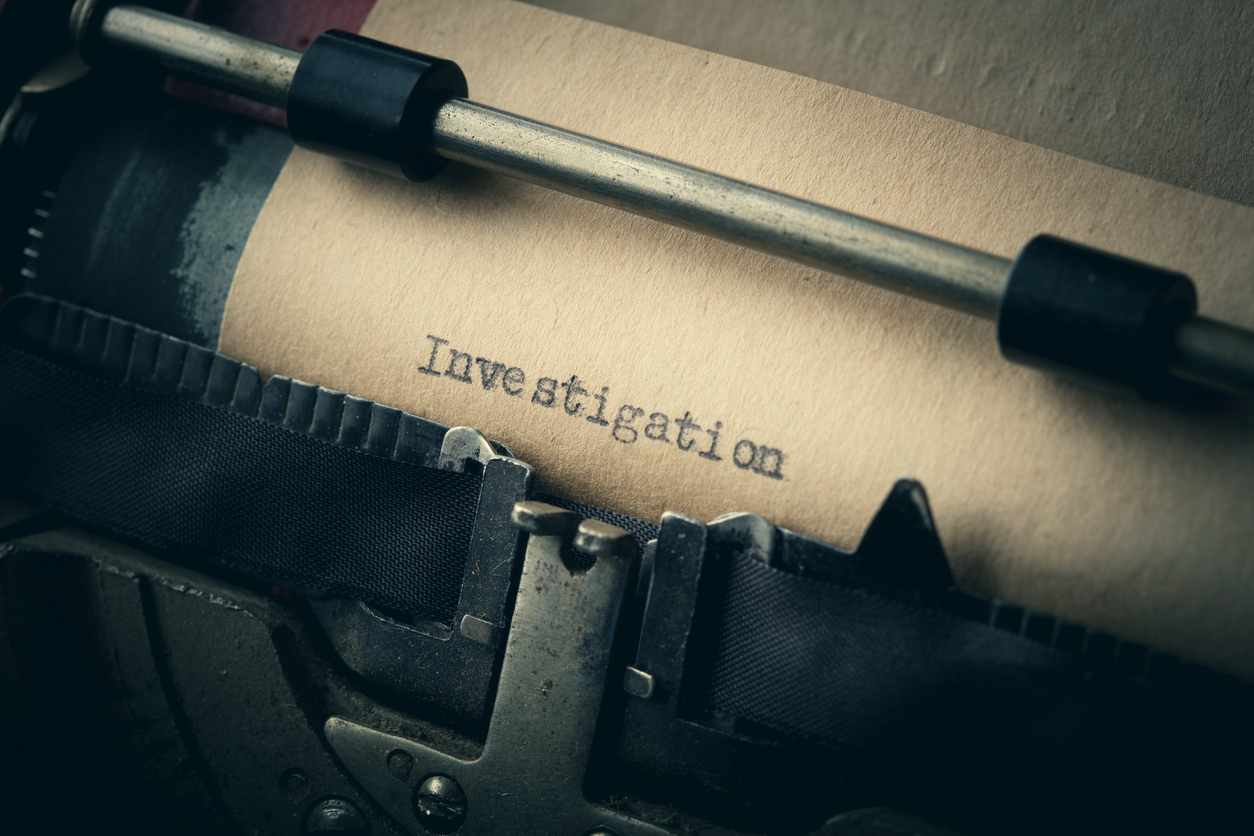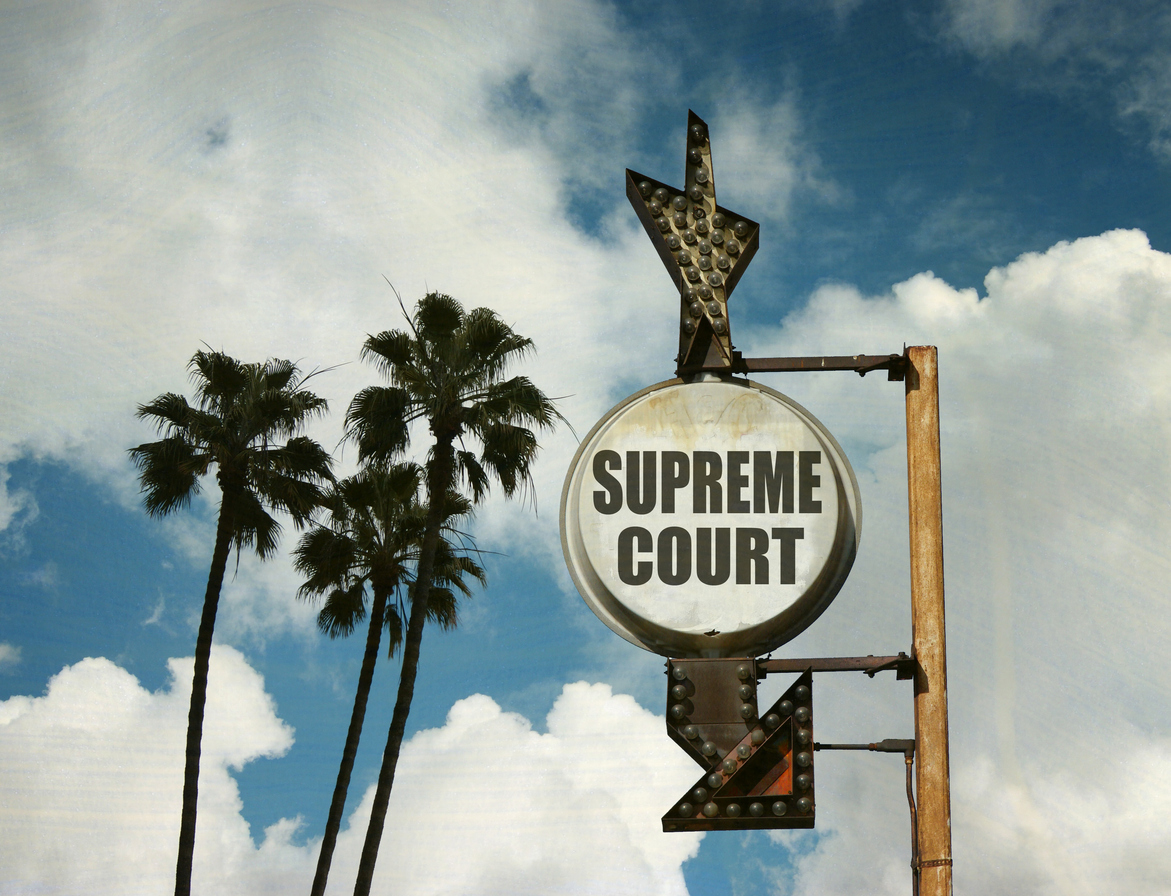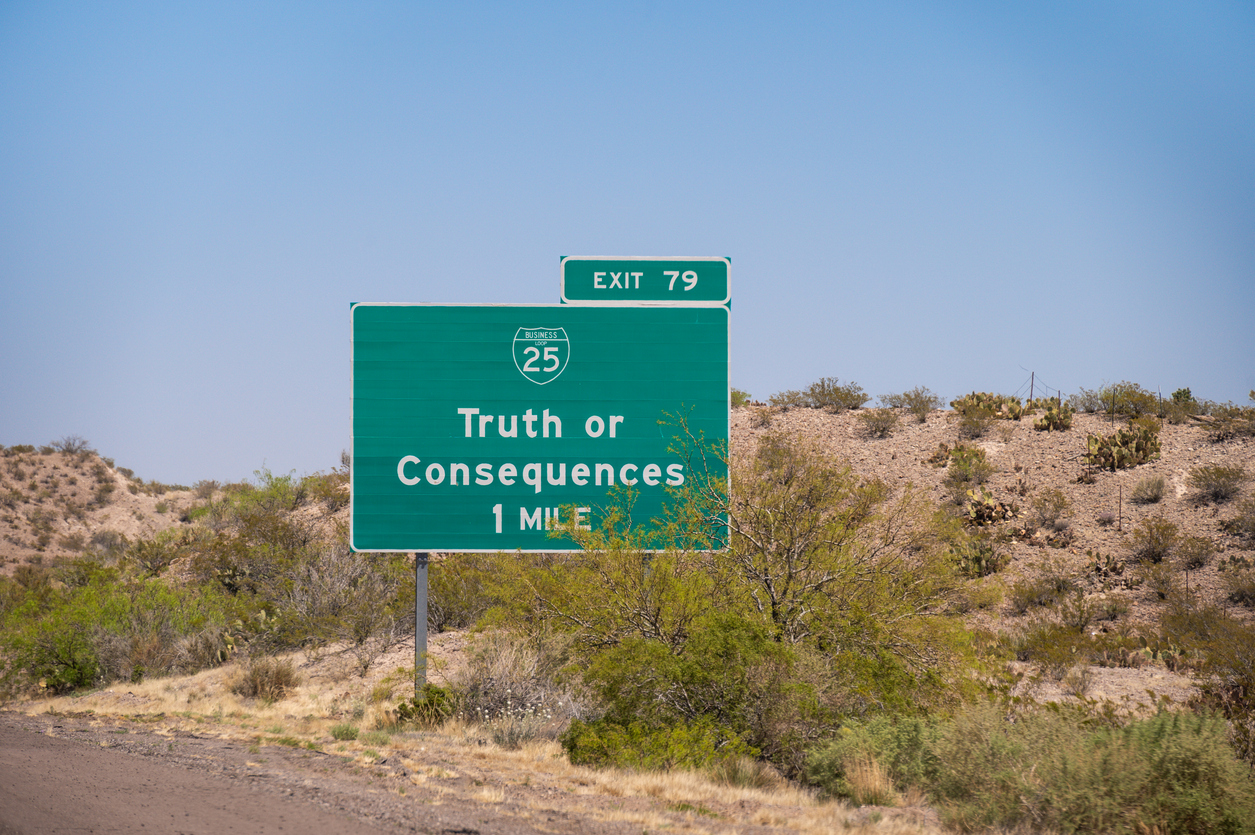We keep stressing—and cannot stress enough—that effectively communicating an insurer’s bad faith conduct will help you go further in resolving insurance disputes. A great way to get a carrier’s attention is your ability to identify an insurer’s bad faith conduct, bring the conduct to the carrier’s attention, and explain why such conduct is prohibited. In this blog post, I’ll focus on what insurer conduct in California will demonstrate an insurer’s failure to conduct a thorough investigation. As a best practice, it is always good to let an insurer know the source prohibiting the alleged bad faith conduct. The source will always be either a statute, regulation, or case law. I have included applicable sources.
A failure to conduct a thorough investigation is bad faith conduct.1 Unfortunately, this description is not very helpful and does not give you, the policyholder advocate, a lot of guidance on how to explain why the insurer’s investigation was inadequate. So then, what exactly will or will not constitute a thorough investigation? The rule is that an insurer’s investigation is thorough if it is . . . wait for it . . . reasonable. This also is not very helpful, and there are no hard and fast rules of what exactly constitutes an unreasonable investigation. Cases analyzing this issue have focused on whether the insurer did or did not investigate issues important to the coverage decision. For example, if an insurer denies a water damage claim arising out of a rainstorm on the basis that it was preexisting damage, the insurer’s failure to investigate the amount of recorded rainfall would be a failure to thoroughly investigate.
Other examples include the following:
- A failure to interview witnesses. A thorough investigation also includes interviewing witnesses with pertinent information about the claim.2
- A failure to investigate and advise of all coverages available beyond those asserted. The insurer’s duty to investigate is not limited to the facts and coverage theories advanced by the insured. The insurer’s duty extends to whatever facts or coverage theories would support recovery under the policy. The insurer must “fully inquire into possible bases that might support the insured’s claim.”3 So, if there is a building loss and the insurer does not inquire about other coverages that could be available (e.g., ALE, extra expense, trees and shrubs), then it has not thoroughly investigated the claim in bad faith. The burden is not on the insured or its public adjuster to make a claim. It is the insurer’s duty to recognize all potential coverages, bring them to the insured’s attention and point them out.
- Relying on the investigation of someone who is not the insurer’s employee or consultant. Keep in mind, however, relying on the investigation of a government department or agency (e.g., the police department, elevator inspector, etc.) would be allowed.
- A failure to use outside professional experts. It may not be enough for a claim adjuster to bring his or her own training and experience to bear in a matter that involves a professional opinion.4 The insurance company should always rely on an engineer, smoke damage expert, or construction expert whenever any aspect of a claim bears on these issues.
As always, knowing and monitoring all of these duties will enhance your representation of insureds and build your credibility with carriers.
________________________________
1 Egan v. Mutual of Omaha Ins. Co., 157 Cal.Rptr. 482, 598 P.2d 452, 24 Cal.3d 809 (Cal. 1979).
2 Downey Sav. & Loan Ass’n v. Ohio Cas. Ins. Co., 189 Cal.App.3d 1072, 1084 (Cal. App. 1987).
3 Jordan v. Allstate Ins. Co., 148 Cal.App.4th 1062, 1072 (Cal. App. 2007).
4 See Wilson v. 21st Century Ins. Co., 42 Cal.4th 713, 723 (Cal. 2007).




